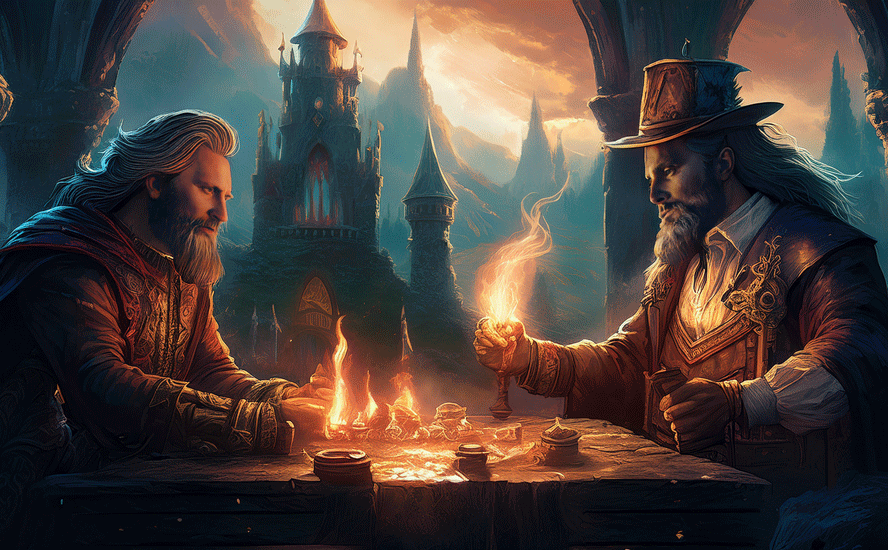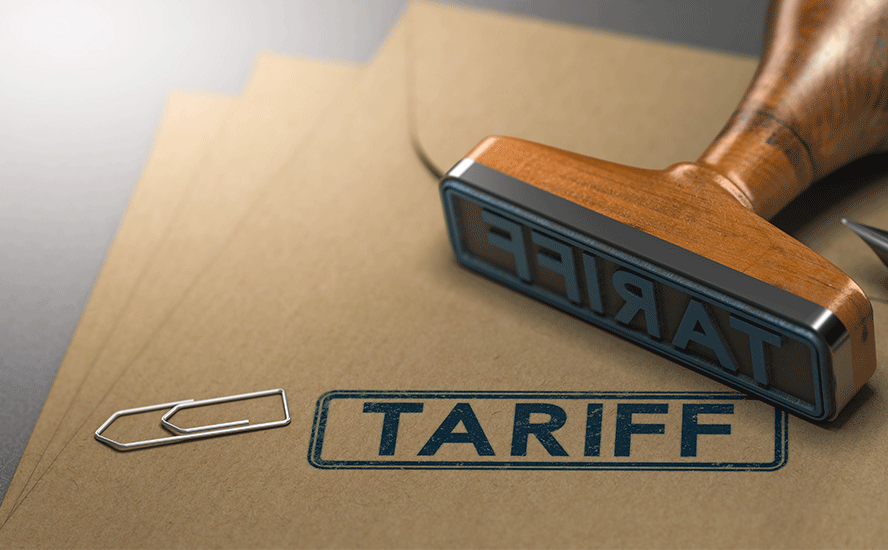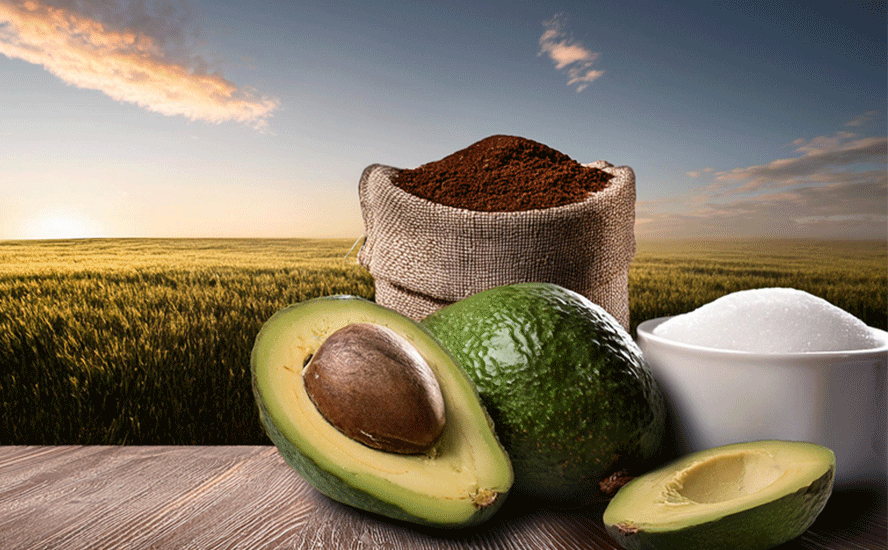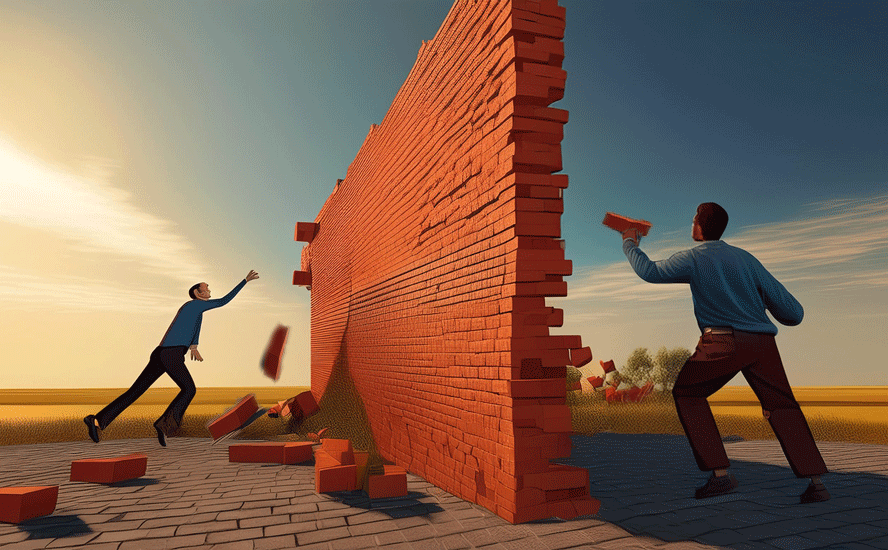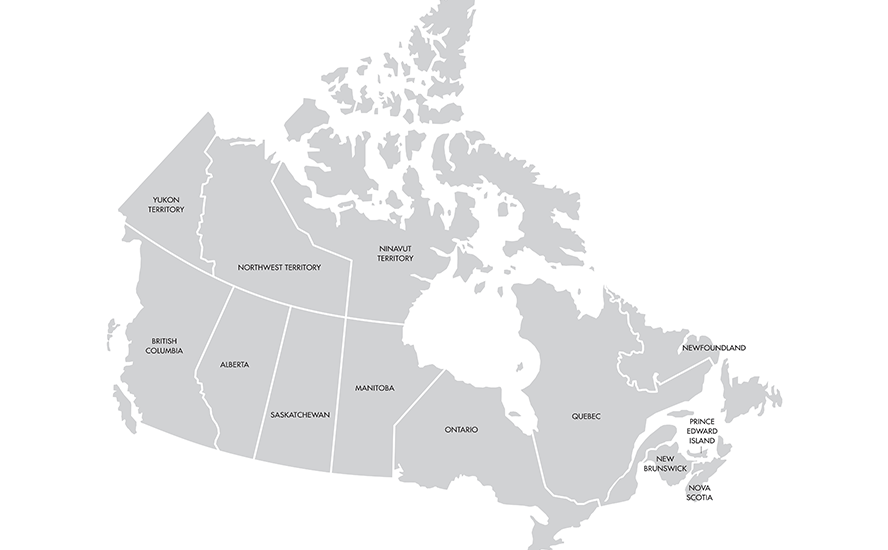The American Dream

2020.07.30
In Provo, Utah, members of an anti-government group patrol the streets wearing military fatigues and carrying assault rifles. Several don Hawaiian shirts, suggestive of the boogaloo movement – a far-right anti-government group.
Conceived after a Black Lives Matter protest on June 29, the citizen militia plans to intimidate protesters from becoming violent and destroying the state of Utah. Long-term, they want to arm and prepare Utah against underground movements they think will incite civil war.
The Washington Post reported a resurgence of protests directed at police brutality and racism over the weekend, with police clashing with protesters in a number of major cities including Seattle and Portland. In Austin a Black Lives Matter demonstrator was shot and killed. A group of black mayors are laying out plans for overhauling police departments that avoids an ill-conceived plan, drummed up by the far left, to defund the police.
As racial tensions boil over amid the oppressive summer heat, the coronavirus continues to infect and kill Americans at alarming rates. On Tuesday, a half-dozen states reported record daily numbers of Covid-19 deaths, including Texas, which passed the 400,000-case mark, more cases than in the UK, Spain, Chile or Peru.
In California, Latinos make up more than half the cases, likely due to the fact that many are either the working poor, toiling away in minimum-wage jobs they can’t afford to quit, despite the health risks of going to work, and undocumented migrants. A recent PBS Frontline documentary, ‘Covid’s Hidden Toll’, reported on agricultural and meat-packing workers, many of whom lack protections and are getting sick. Companies are under no legal obligation to provide a safe work environment, nor to inform workers of outbreaks.
The map below says it all, with most of the country awash in dark blue indicating 40,000 cases or higher.
These cases aren’t just colors on a map. The respiratory disease has sickened thousands of front-line health care workers who lack adequate PPE, infected emergency services personnel, and heightened the risks to an army of essential workers – everyone from grocery clerks to hardware store employees. One lettuce picker quoted in the Frontline program said they feel more like slaves than essential workers.
The economic fallout from Covid-19 includes over 32 million unemployed, weak consumer spending, and unprecedented debt levels taken on by states and the federal government which was already suffocating under an unsustainable $23 billion debt pile, before the pandemic hit.
As usual the burden falls most heavily on the poor, who are unlikely to have jobs allowing a “work from home” option, and can ill-afford to buy stuff on Amazon in lieu of shopping at the mall. Add the plight of these individuals to the decreased purchasing power of the average consumer, due to rising food and gas prices, and more expensive imports owing to the billions worth of trade war tariffs still on many of them, and you have a declining standard of living for Joe and Jane Sixpack.
According to a recent (end of June) survey by The Pew Institute, considered an impartial source of polling data, Americans on both sides of the political spectrum are deeply unhappy with the state of the nation.
According to Pew, the share of the public saying they are satisfied with the way things are going plummeted from 31% in April, as the pandemic was getting started in the US, to just 12% today. Majorities of Democrats and Republicans both say are angry and fearful. Only 17% of Americans feel proud when thinking about the state of their country.
Indeed the vision of Donald Trump, to “make America great again” by repatriating jobs and re-filling the hollowed-out US manufacturing sector, is effectively dead – felled by a virus he admittedly had nothing to do with, but failed miserably to contain.
Below you will find the data behind the Pew sentiments, and we conclude with a not-very-sanguine prediction of what is to come.
21% unemployment
The “official” US unemployment rate of 12% is nearly half of the actual number of jobless hunting for work in what must be the worst job market of a generation.
According to the Bureau of Labor Statistics (BLS), for the week ended July 4, the number of people receiving state and federal unemployment insurance hit an all-time record of 32 million. Comparing that number to the total workforce of around 152 million, yields an unemployment rate of 21%.
The discrepancy lies in the fact that the 12% figure does not include the 14.3 million contract and gig workers who are currently drawing emergency federal unemployment through Pandemic Unemployment Assistance, and the 936,000 in the Pandemic Emergency Unemployment Compensation program.
Even 32 million unemployed is an under-estimation. It fails to account for previously full-time workers who have had their hours cut to part-time. Small business owners who have closed up shop are also glossed over by the bean counters.
The pandemic has hit the cities much worse than rural areas. Denser living environments require tighter social distancing restrictions and more government-ordered business closures. In New York City, the epicenter of Covid-19 during the first wave, the 20.4% unemployment rate in June was nearly double the (official) national average. The ranks of unemployed New Yorkers have grown 261,000 since April, to more than 811,000, according to the BLS.
Los Angeles has a 19.5% jobless rate, thanks to Covid-19 and endless civil unrest, there are 17.7% unemployed in Detroit, and Greater Chicago, the country’s third largest city, has 16.1% not working. For some perspective, consider that the 1 in 5 Americans currently unable to find a job, is double the unemployment rate of the financial crisis, and at a level unseen since the Depression, when the jobless rate hit 25%.
The ranks of workers in the leisure and hospitality industries, including restaurants, have been decimated. Unemployment there soared from 5.7% in February to 39.3% in April, before falling to a still unprecedented 28.9% in June. The 9.2 million people working in restaurants in June, is 25% below February’s total. Anecdotally, many restaurant workers, even those who have spent decades cooking for and serving customers, say they’re looking to get out – they no longer regard their jobs as stable, flexible and safe.
Thousands of small, independent restaurants with extremely tight profit margins, who rely on a full house to pay their bills, have gone under, and many more will follow in the weeks to come, as the pandemic continues to require capacity restrictions and social distancing.
In states that have seen Covid-19 case rebounds, job recoveries have been squelched, pulling the national employment rate down from around 54% in mid-June, to 51.7%, as of July 14.
Consumer confidence fades
The high number of unemployed is obviously related to consumer spending and consumer confidence. Most people faced with a sudden income collapse will delay major purchases and reluctantly rein in non-essential spending.
And while confidence got a lift from the lifting of lockdowns in May and June, it has largely been snuffed out. Zero Hedge reports on numbers from The Conference Board showing headline consumer confidence fell from 98.3 in June to 92.6 in July, well below the 95.0 expected.
The preliminary July University of Michigan consumer sentiment index fell from 78.1 to 73.1, missing estimates by about six points, the most on record.
Unsurprisingly, buying expectations for autos and appliances fell. Only 31% of Americans surveyed see business getting better within six months.
As for consumer spending, two negative catalysts, reports UPFINA, are increased economic restrictions due to pandemic flare ups in the southern and western US, and the July 25 end of the weekly $600 unemployment checks.
Retail sales growth in the week ending July 18 was worse than the previous week, -7.5% vs -5.5%. Consumer credit spending growth is in the low negative double digits – making a mockery of the “V-shaped recovery”.
Wave of evictions coming
Landlords will soon begin filing eviction paperwork for tenants who haven’t been paying their rent. These renters have been protected by federal legislation that banned evictions during the pandemic, but those protections expired last Friday, July 24.
According to the Urban Institute, a Washington, DC-based think tank, lifting the eviction moratorium could put over 12.3 million tenants at risk of losing their home. That is 28% of the 43.8 million US rental units.
Pretty hard to get a recovery with millions of people unable to pay their rent.
USA Today quotes the U.S. Census Bureau saying that “24 million Americans say they have little to no chance of being able to pay next month’s rent”, adding things are particularly dire for black and Hispanic renters.
Will they get any help from the government? This past Monday Senate Republicans released a $1 trillion relief package dubbed the HEALS Act. Those who were hoping for an extension of the $600 per week unemployment benefits will be disappointed. The act proposes cutting the benefit and replacing it with a system that provides 70% of wages, with a cap. Another round of $1,200 stimulus checks would be approved.
Critics say switching to a new unemployment system could take anywhere from 8 to 20 weeks to implement. The unemployed would receive $200 a week, on top of their existing benefits, which when combined with state-level insurance payments would approximate the 70% wage replacement target, Bloomberg said.
And while the $1 trillion relief package would extend the moratorium on evictions, it is by no means guaranteed it will pass both Houses of Congress. As Bloomberg notes, The proposal… will serve as a starting point for what are expected to be difficult negotiations with Democrats, who in May passed a $3 trillion relief package in the House.
Hit to GDP
First-quarter US gross domestic product fell 4.8%, and second-quarter economic growth is predicted to fall by double digits. We won’t know the actual figure until Thursday, but the report is expected to show a 35% contraction on an annual basis – meaning the economy was about 10% smaller in the second quarter than it was in the first quarter.
That would be the steepest decline since the 1940s, and far beyond the record (annualized) quarterly decline of 10% in the first quarter of 1958, which coincided with a flu pandemic.
Economists think that even though economic activity picked up in May and June, as stay at home orders were lifted, the scale of the decline in April will likely outweigh any gains later in the quarter.
The hit to GDP is largely the result of the collapse in consumer spending, which represents about two-thirds of total economic output. It makes up for 25 percentage points of the expected 34-point decline in GDP.
The remaining 9 points are reflected in a 40% decline in residential investment, and a 50% drop in equipment spending, along with drags from net export and inventories, Bloomberg stated.
Inventories slide
Of course, the US economy has gone through a number of recessions and one Great Depression. Surely they’ll pull out of this one too. Right?
In early July a Bloomberg survey of economists found consensus over the economy growing at an annualized 18% in the third quarter.
Over the last few weeks, however, things have gotten worse. The recovery is stalling and now, some economists are projecting economic activity could remain below pre-pandemic levels for several years.
As evidence of the former, consider inventory levels – a measure of anticipated economic activity. When an economy is firing on all cylinders, companies feel comfortable enough that their goods – both wholesale and retail – will sell, to begin piling up inventories. The opposite happens in a recession, when inventories sharply decline. Businesses already hurting from lower sales do not wish to pay extra to store their goods.
As flagged by Zero Hedge, Against expectations of a rebound from a 1.2% drop in May to a 0.5% drop in June, wholesale inventories actually tumbled 2.0% MoM, the worst since the peak of the great financial crisis…
Retail inventories fell 2.6% in June, and motor vehicle and parts dealer inventories shrunk 6.1%. Durable goods inventories dropped 2.1% and non-durable goods were unchanged at -1.7%.
Zero Hedge notes,this data has a direct impact on GDP, suggesting the hoped-for recovery is far from certain… and in fact may be getting worse.
Dollar in danger
Against all of this negative data, is it any wonder the US dollar is in such a downward spiral?
US Dollar Index
At its present 93.39, the US dollar index (DXY) is at its lowest in two years. The currency is being debased amid unprecedented pandemic-related government spending, and too much borrowing at interest rates close to zero.
The buck’s retreat is also directly correlated to America’s failure to control the coronavirus.
Any economic recovery relies on the United States flattening its pandemic curve. Policymakers know this, and are acting accordingly.
On Wednesday the US Federal Reserve did as expected, in keeping interest rates at near 0% for the foreseeable future.
Federal Reserve Chair Jerome Powell said the Fed will keep its monetary easing programs in place “until we’re very confident that the turmoil from the pandemic and the economic fallout are behind us,” In other ways he did not sound very optimistic.
“Recent labor market indicators point to a slowing in job growth, particularly among smaller businesses,” Powell said, adding consumer surveys “look like they may be softening again now.”
“There’s probably going to be a long tail where a large number of people are struggling to get back to work,” and he predicted a tough slog ahead for restaurants, bars and hotels.
“There won’t be enough jobs for them,” he said. “There will be a need both for more support from us and for more fiscal policy.”
US Treasuries are a safe haven amid the coronavirus and other geopolitical tensions. They were attractive in comparison to the trillions of negative-yielding sovereign debt sloshing around. But with yields at record lows and 0.25% to 0% interest rates expected until 2022, bonds are a poor investment. If foreign investors slow or stop buying US Treasuries, as Russia and China did in 2019, the United States is in real trouble. Without purchasers of US debt (Treasuries) the US has no way of financing its annual deficits and $26 trillion pile of debt, without printing money. Printing money on a large scale causes hyperinflation.
A worsening US economy will turn investors away from bonds and Treasuries – no more financing for US debt. The dollar will fall further and commodities will rise, including gold and silver, pushed higher by investment demand for gold-backed ETFs and physical metal.
The dollar is still the reserve currency, but how important is it right now, with all that is going on in the world? Not just internally, but with respect to US foreign policy? The Trump administration has frayed existing alliances such as with NATO and the World Health Organization, picked a number of trade fights, and appears to be on a collision course with China.
Countries that the United States has sanctioned, such as China, Russia and Iran, are seeking ways to trade in their own currencies. Why should they continue to covet US dollars? Protectionist trade measures also hurt demand for greenbacks.
As CNBC reports, a convincing argument for the USD losing its role as the preeminent reserve currency is based on it happening already:
IMF data reveal the dollar share of foreign reserves fell from a high of 73% in 2001 to 60.9% at the end of 2019. Similarly, the World Gold Council confirms that central banks bought more gold in 2018 than at any other time since the gold standard ended in 1971, extending a string of large net purchases that began after the global financial crisis.
If the trends continue of switching from dollars to other currencies, and from currencies collectively to gold, the dollar’s reserve currency status will continue to give ground.
Well, my mama so sad
Daddy’s just mad
‘Cause I ain’t gonna have the chance he had
My success is anybody’s guess
But like a fool, I’m bettin’ on happiness
– Tom Petty and the Heartbreakers, American Dream Plan B
The American Dream is quickly turning into the American Nightmare.
Richard (Rick) Mills
aheadoftheherd.com
subscribe to my free newsletter
Ahead of the Herd Facebook
Legal Notice / Disclaimer
Ahead of the Herd newsletter, aheadoftheherd.com, hereafter known as AOTH.
Please read the entire Disclaimer carefully before you use this website or read the newsletter. If you do not agree to all the AOTH/Richard Mills Disclaimer, do not access/read this website/newsletter/article, or any of its pages. By reading/using this AOTH/Richard Mills website/newsletter/article, and whether or not you actually read this Disclaimer, you are deemed to have accepted it.
Any AOTH/Richard Mills document is not, and should not be, construed as an offer to sell or the solicitation of an offer to purchase or subscribe for any investment.
AOTH/Richard Mills has based this document on information obtained from sources he believes to be reliable but which has not been independently verified. AOTH/Richard Mills makes no guarantee, representation or warranty and accepts no responsibility or liability as to its accuracy or completeness. Expressions of opinion are those of AOTH/Richard Mills only and are subject to change without notice. AOTH/Richard Mills assumes no warranty, liability or guarantee for the current relevance, correctness or completeness of any information provided within this Report and will not be held liable for the consequence of reliance upon any opinion or statement contained herein or any omission. Furthermore, AOTH/Richard Mills assumes no liability for any direct or indirect loss or damage or, in particular, for lost profit, which you may incur as a result of the use and existence of the information provided within this AOTH/Richard Mills Report.
AOTH/Richard Mills is not a registered broker/financial advisor and does not hold any licenses. These are solely personal thoughts and opinions about finance and/or investments – no information posted on this site is to be considered investment advice or a recommendation to do anything involving finance or money aside from performing your own due diligence and consulting with your personal registered broker/financial advisor. You agree that by reading AOTH/Richard Mills articles, you are acting at your OWN RISK. In no event should AOTH/Richard Mills liable for any direct or indirect trading losses caused by any information contained in AOTH/Richard Mills articles. Information in AOTH/Richard Mills articles is not an offer to sell or a solicitation of an offer to buy any security. AOTH/Richard Mills is not suggesting the transacting of any financial instruments but does suggest consulting your own registered broker/financial advisor with regards to any such transactions
Legal Notice / Disclaimer
Ahead of the Herd newsletter, aheadoftheherd.com, hereafter known as AOTH.Please read the entire Disclaimer carefully before you use this website or read the newsletter. If you do not agree to all the AOTH/Richard Mills Disclaimer, do not access/read this website/newsletter/article, or any of its pages. By reading/using this AOTH/Richard Mills website/newsletter/article, and whether you actually read this Disclaimer, you are deemed to have accepted it.


